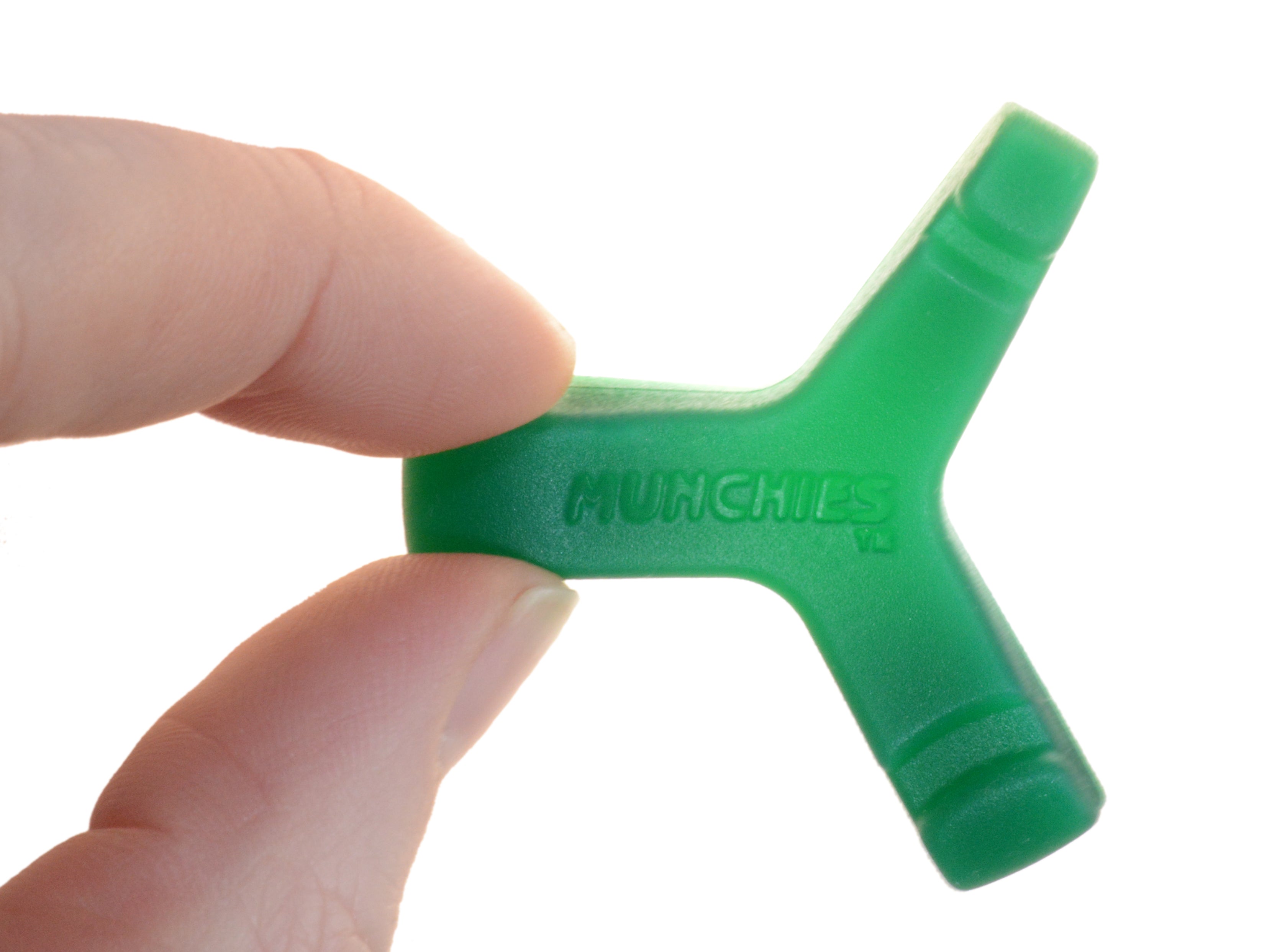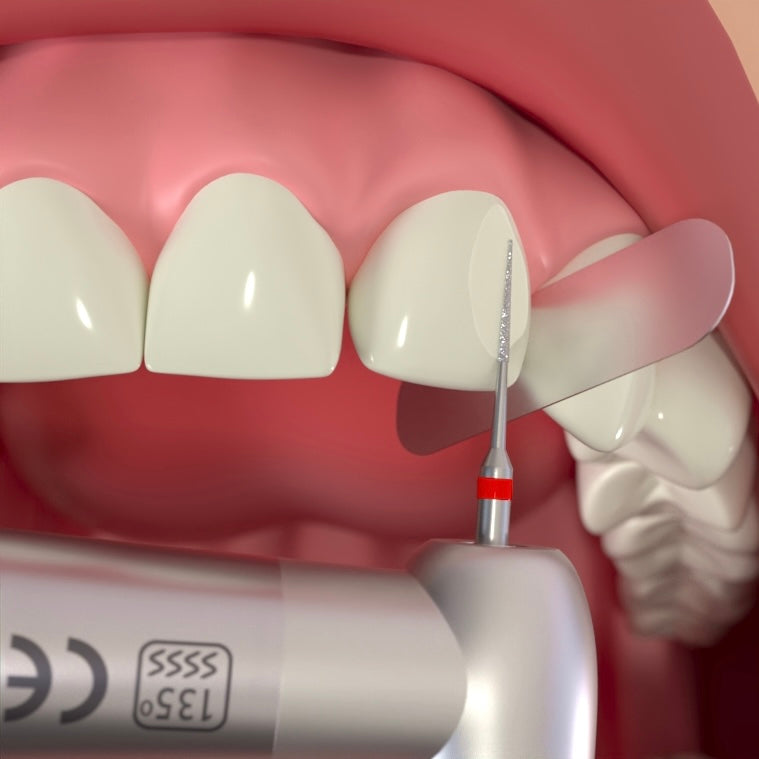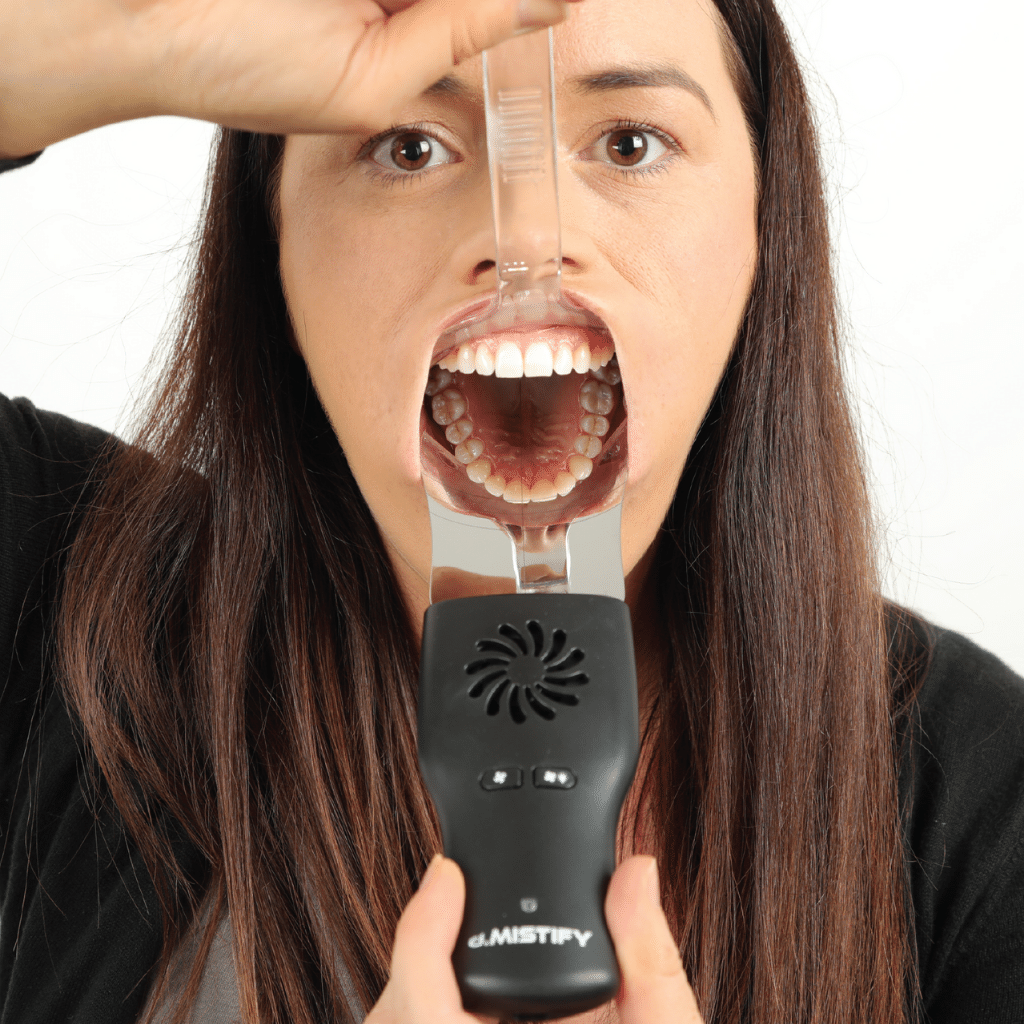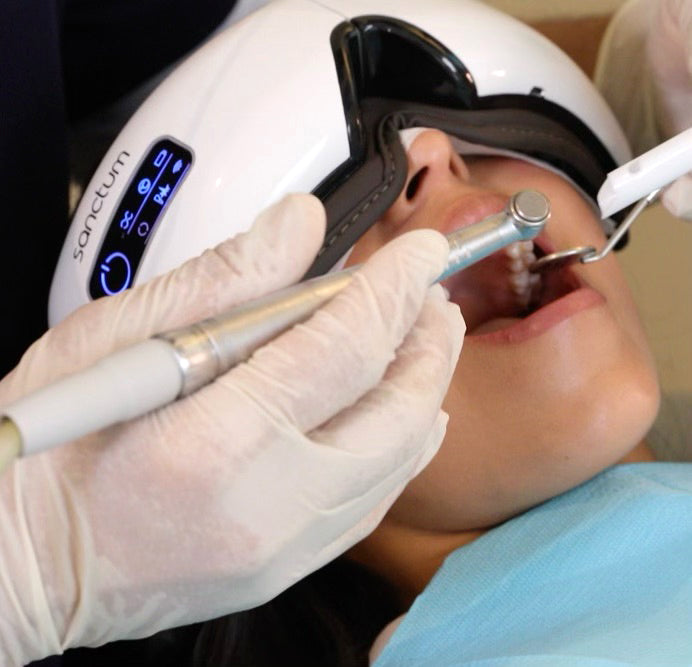How Munchies® were born - PART 1


Imagine an aligner that you couldn’t remove!
I know for many of you, that concept is almost incomprehensible but back more than a decade ago, the rigidity of the aligner plastic meant that once it was in, it wasn’t coming out without a fight.
I broke many a fingernail in trying to extricate these warhorses from patients mouths and dreaded that first aligner “issue” appointment more than a pulp extirpation on a fearful patient.
Attempting to traverse an aligner across a deep undercut or dealing with totally disparate paths of insertion was hard for us and even more difficult for the patient.
There were only 3 possible outcomes:
- the aligner stayed in situ for longer periods
- the aligner came out but the force required to remove it changed its’ shape permanently
- the aligner came out but sadly, in two pieces.
In spite of these challenges and the additional dramas with the potential inaccuracies of taking impressions, we still obtained many stunning outcomes. An art and science no doubt!
The introduction of the flexible aligner material by Align Tech was an incredible advancement which impacted positively on both the treatment predictability and the patient experience. Very few breakages and certainly not as difficult to remove! These devices also kept giving, which meant that they weren’t spent as quickly as their predecessors. This is fundamental to successful orthodontic tooth movement.
We did notice however that the newer aligners underwent a slight movement upon seating, which we coined as “aligner slippage”. We investigated this in great depth at the Postgraduate School of Dentistry and reached some fascinating conclusions.
After the patient inserted the aligners (particularly new aligners) using finger pressure alone, we noted a slippage of up to 1mm vertically which represented almost 10% of the clinical crown. To test this degree of ill-fit, we asked the patient to undertake an “audio test” to verify the metrics of the “freeway space”.
Put simply, we ascertained that many patients with new aligners that were not seated properly, would exhibit a profound lisp when saying “ I saw Esau sitting on the sea-shore”.
The maths are undeniable. The thickness of both aligners plus circa 0.75mm of ill-fit per aligner, means that the tip of the tongue has no choice but to crash and burn and produce a profound lisp.
So further assessment revealed that if we could reduce that degree of ill-fit, the patients’ propensity to lisp was significantly reduced.
More importantly, this ill-fit and slippage wreaked havoc with the force systems programmed into the aligners. Vectors were now pushing at the wrong angles and power ridges weren’t delivering at the gingival margins.
Root torque was becoming a translation!
And so the challenge began, to produce a device that could aid and abet with the end result being an intimate fit that delivers optimal force systems.
Dr David Penn




